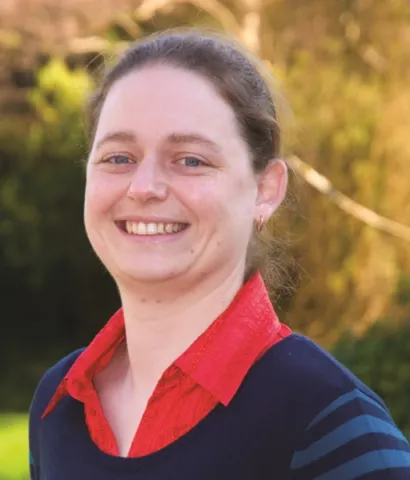Project overview
Dust emissions influence the predictability of regional and global climate models, yet the source areas that emit this dust are generally small and in remote locations, and so little is known about their surface properties and emission potential. Further, these models assume static, homogeneous surfaces that do not vary over time. Recent process measurement by King et al. (2012) indicated that aerodynamic roughness varies over time, but the extent to which this is indicative of actual physical surface roughness change and the way the surface evolves over time is unknown. Field experiments are vital, as they will allow quantification of surface property variability with time over a wide area at regional climate model scales. This information will facilitate improved prediction capabilities for climate models and a greater understanding of the relationship between dust emitters and large scale dust transport. Surface properties are particularly important, as they act at the interface between wind erosivity (the ability of the wind to erode surface particles and emit dust) and the erodibility of the surface (surface moisture and surface texture) which are controlled by the type of surface crust. It is therefore important to accurately measure the actual surface attributes, to understand the overall system temporal behaviour and emission potential. Terrestrial laser scanning (TLS) is a relatively new tool which measures topography in unprecedented detail (thousands of points), and so it is now possible to detect both sub-cm surface roughness and moisture pattern changes.
This project aims to examine the importance of temporal surface variations through three key objectives:
1) Quantify surface roughness evolution over a dust emission season at six key instrumented sites.
2) Characterise diurnal changes in surface moisture and link these to seasonal changes.
3) Explore the implications of surface change on process measurements through modelling.
This project aims to examine the importance of temporal surface variations through three key objectives:
1) Quantify surface roughness evolution over a dust emission season at six key instrumented sites.
2) Characterise diurnal changes in surface moisture and link these to seasonal changes.
3) Explore the implications of surface change on process measurements through modelling.
Staff
Lead researchers
Collaborating research institutes, centres and groups
Research outputs
Joanna M. Nield, James King & Benjamin Jacobs,
2014, Aeolian Research, 12, 9-17
Type: article
Joanna M. Nield, James King, Giles F.S. Wiggs, Julian Leyland, Robert G. Bryant, Richard C. Chiverrell, Stephen E. Darby, Frank D. Eckardt, David S.G. Thomas, Larisa H. Vircavs & Richard Washington,
2013, Journal of Geophysical Research: Atmospheres, 118, 12948-12961
DOI: 10.1002/2013JD020632
Type: article
